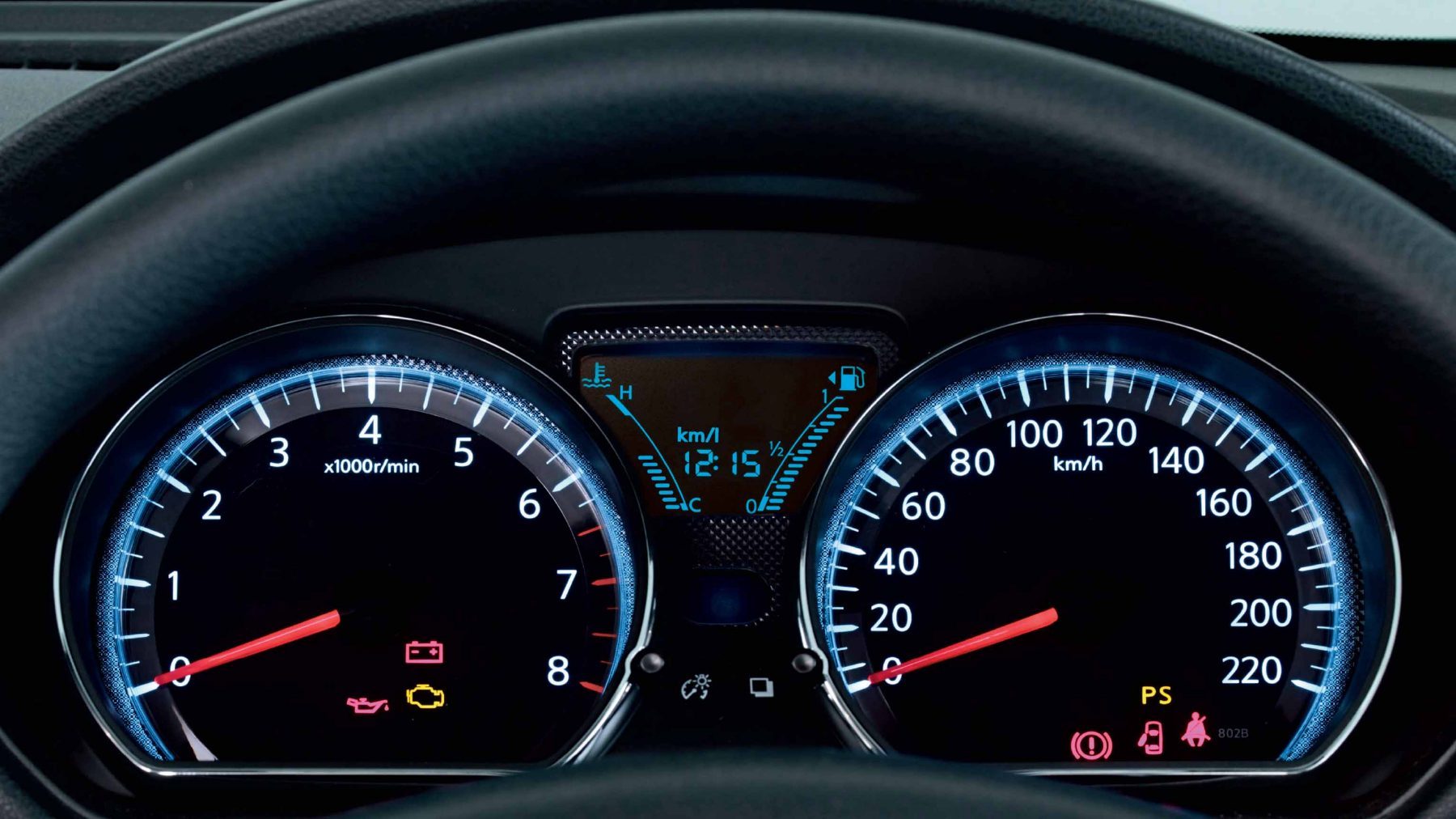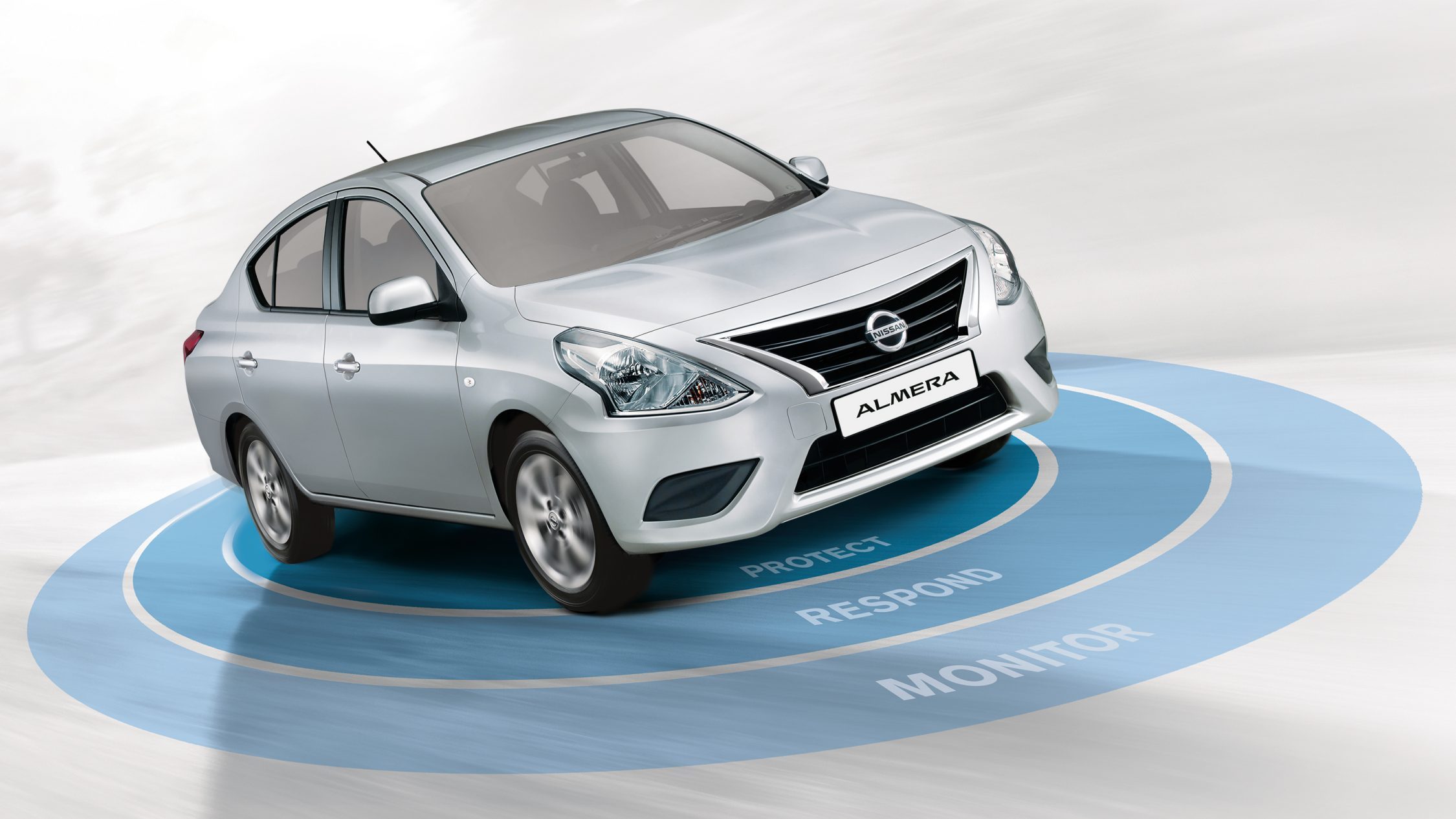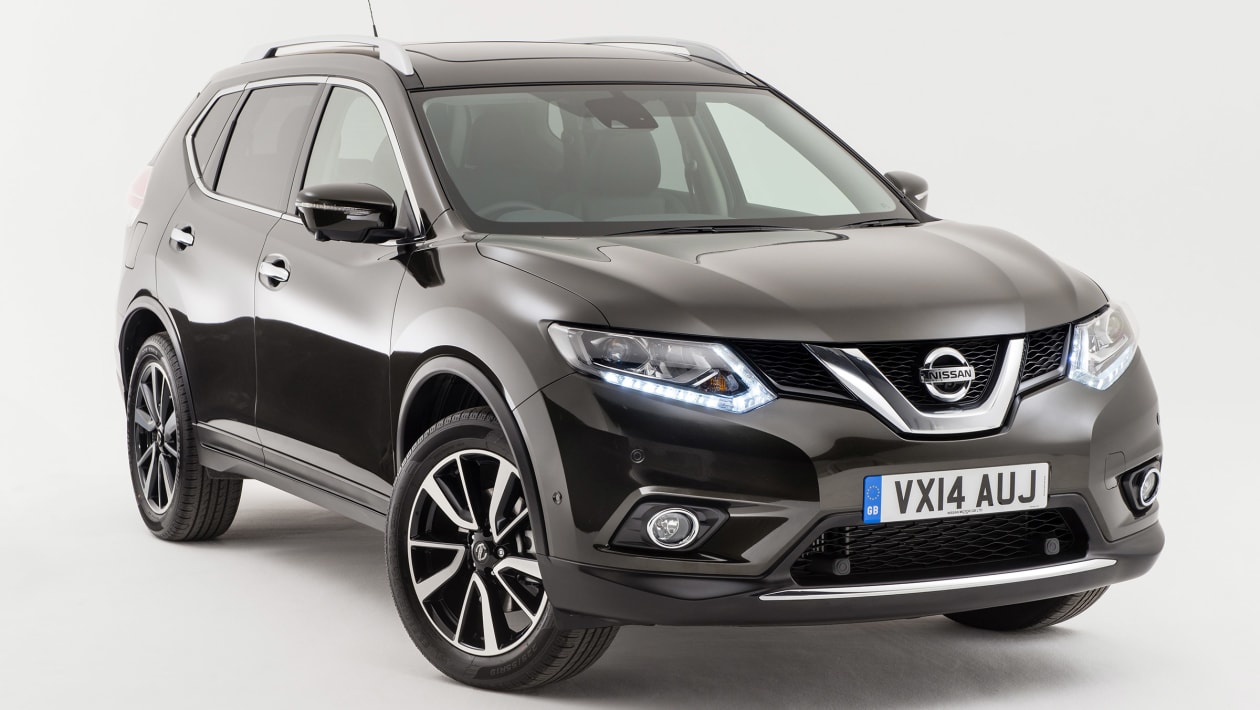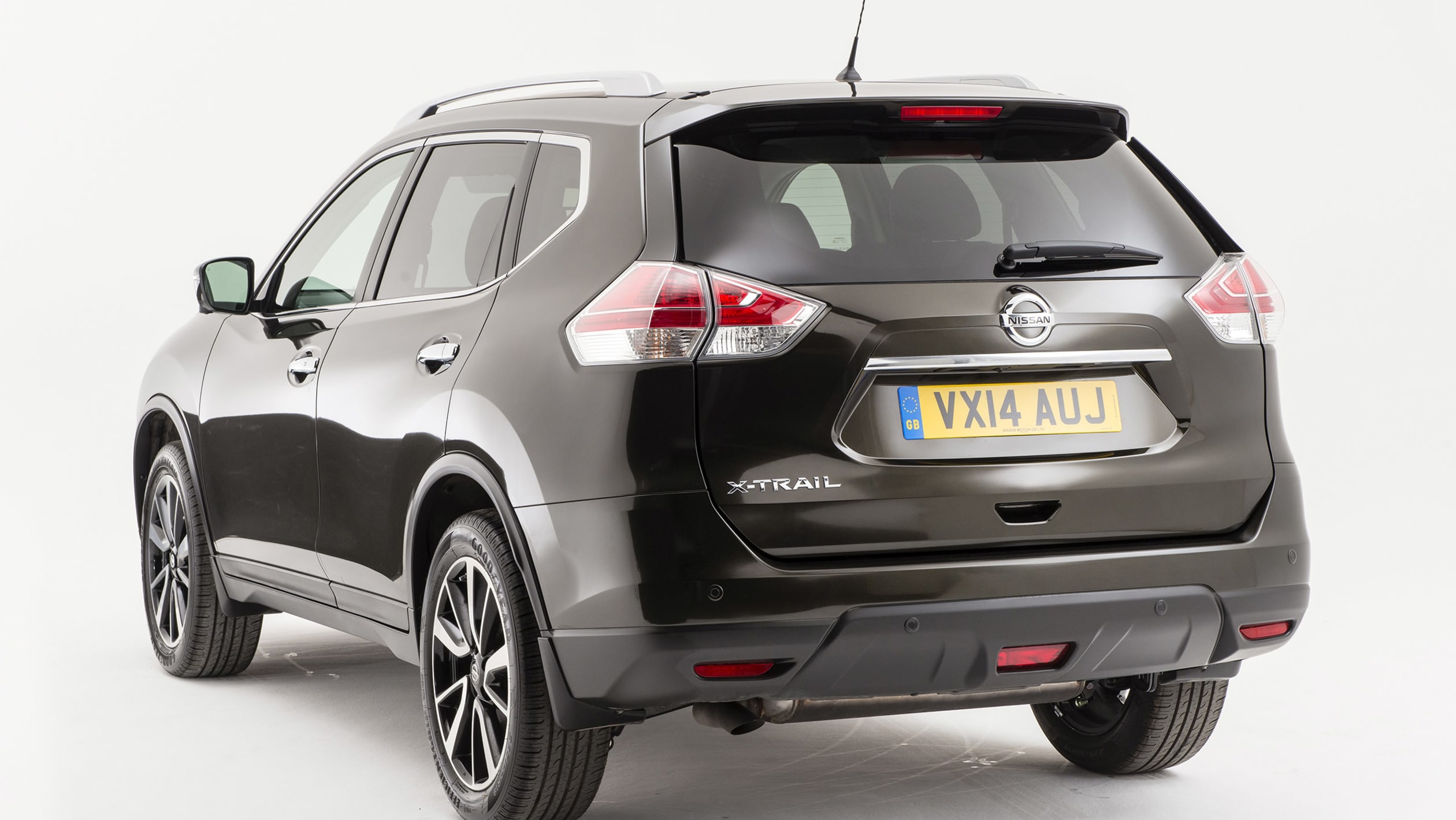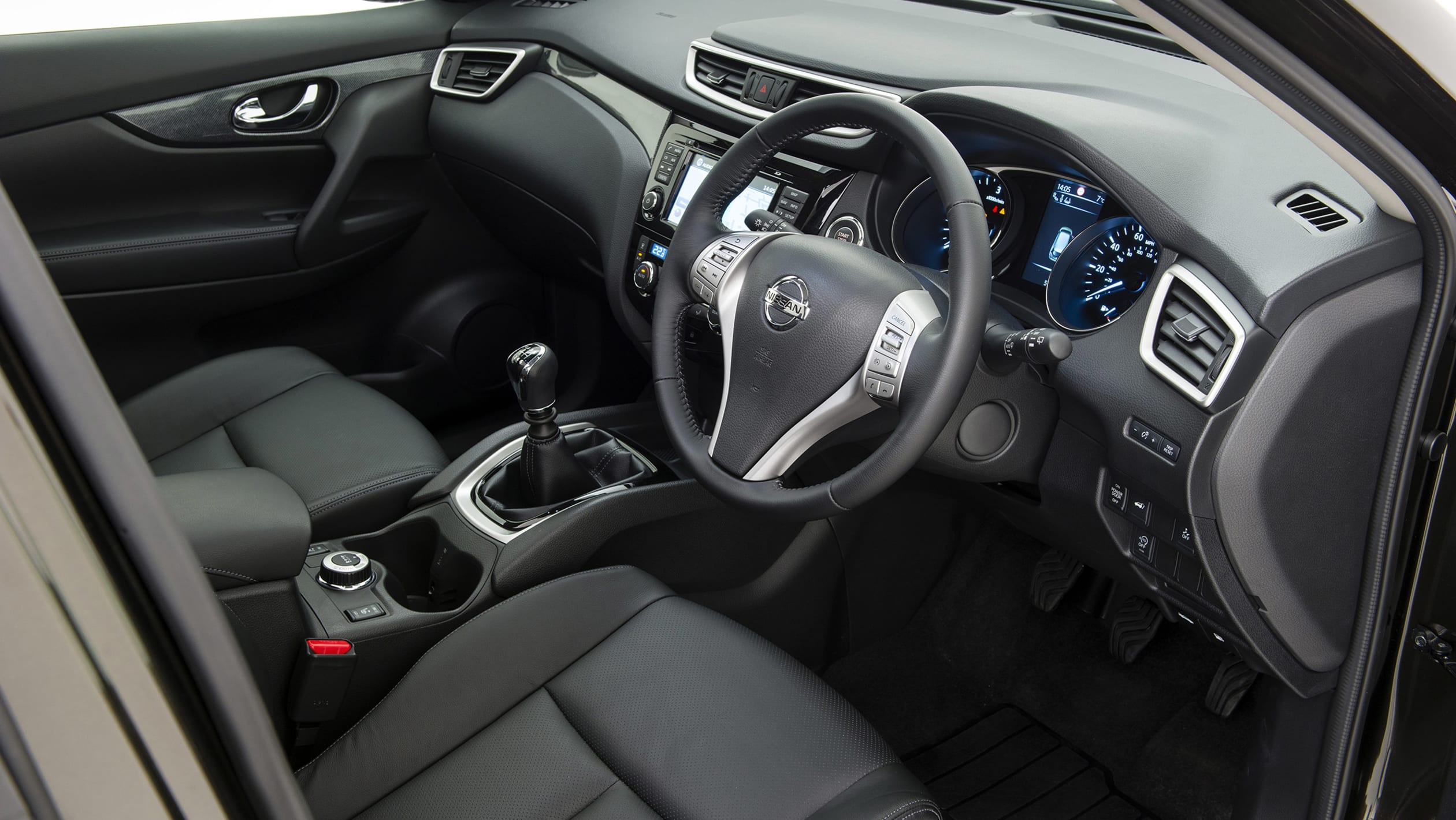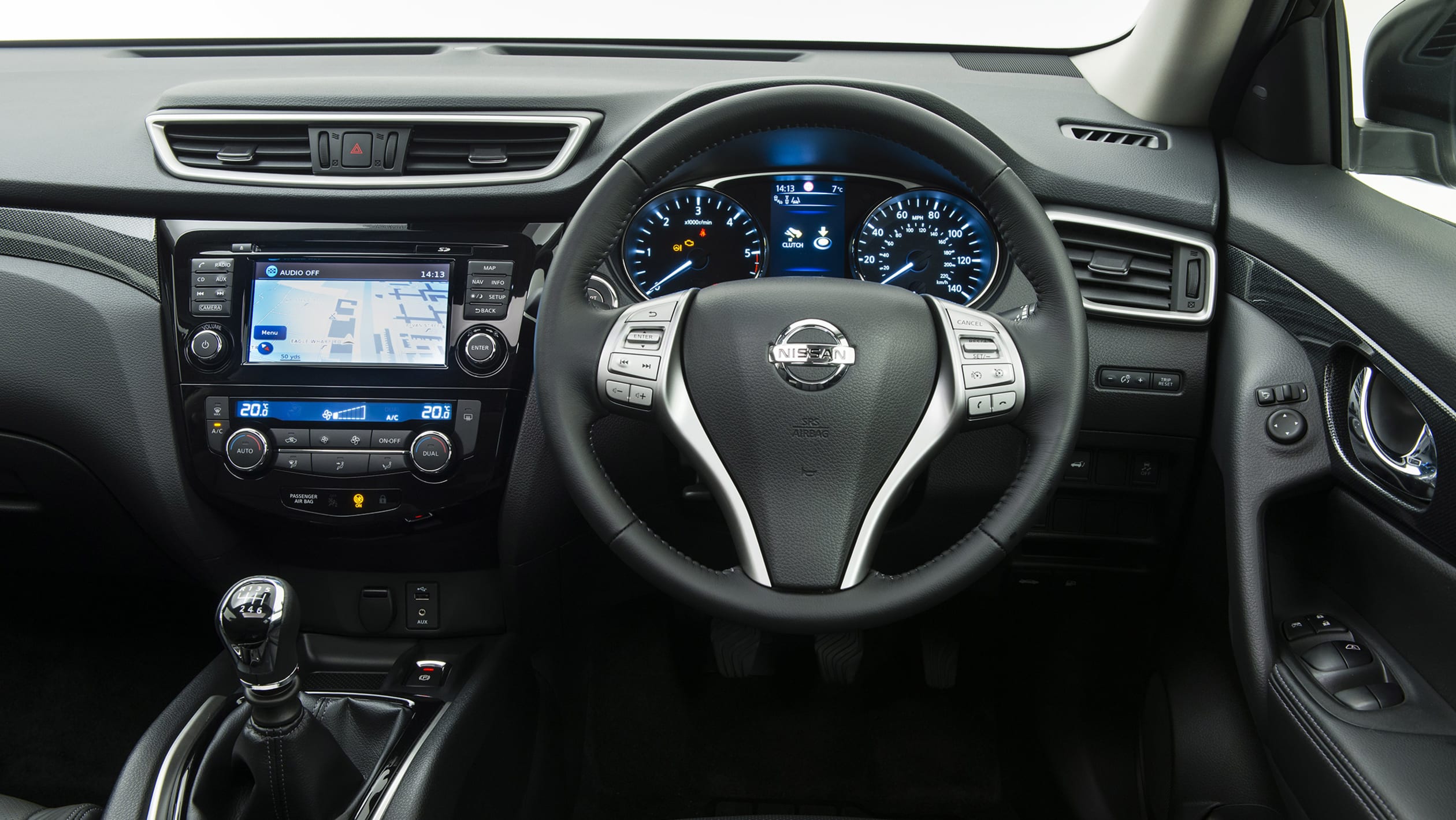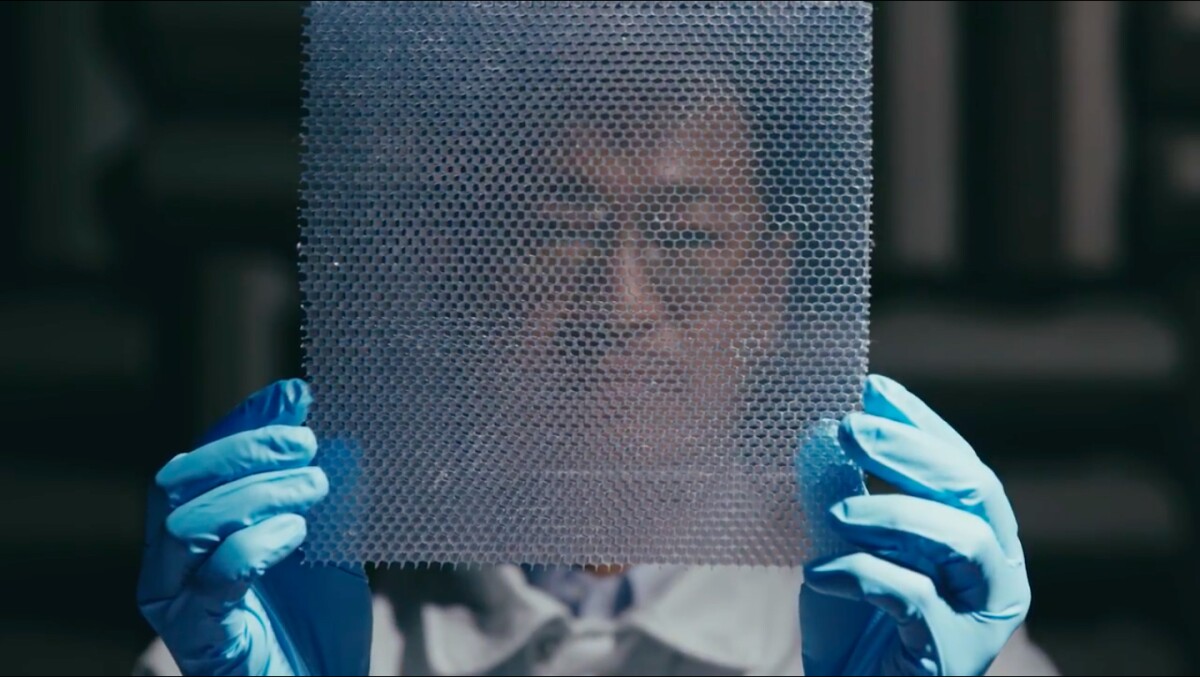Nissan and bakkies – two words that marry like a superstar Hollywood couple and then make the world’s perfect babies. And in the South African context, a legend. We all remember the iconic Nissan 1400 bakkie, a car which helped move students out of the house and bricks to the construction site. It also taught plenty of us how to drive and the local street racing fraternity loved it too.
Like the VW Beetle and the original Mini, it turned out to become a classic and Nissan South Africa sold the little bangers for almost 40 years. Sure one or two things were updated and it got new nicknames like “Champ”, but essentially you could buy a 1971 Datsun bakkie in 2008.
The decision to replace it must have been a tough one for Nissan SA. How do you replace a legend? Well, you don’t. That’s why the
new Nissan NP200 shares as much DNA with the old 1400 as a show jumper’s steed shares with Michael Schumacher’s F1 car: only the badge is the same.
The NP200 isn’t really a Nissan, though. It’s based on the chassis of something called a Dacia which is an Eastern European budget box, and you will find the same underpinnings in the Renault Logan and Sandero. In fact, the
Nissan NP200 feels and looks simply like a Logan with no back seats. They even smell exactly the same!
The Nissan is also front-wheel drive, which is in total contrast to the rear-wheel driven 1400. I bet Louis Lima won’t be thinking of modifying the new car to race down the country’s drag strips any time soon. However, if you forget about the heritage and the purist stuff, the NP200 starts to win you over
I drove the 1.5 dCi version, which is powered by Renault’s efficient turbocharged diesel motor. In “High Spec” trim, luxury features including electric windows and mirrors, air conditioning, front fog lights and central locking are included, and although those extras don’t usually pop up on my radar, they make a big difference when the car you’re driving is designed for one specific purpose and anything else is just a bonus.
Quality on the inside is good, with durable plastics and fabric seats doing fine duty. The silver-painted plastic dash sections are a bit tacky, but the slightly sporty flavour isn’t going to make you sick, so it doesn’t matter. Dials are very easy to read and you get a central digital display, but I would have liked a button with trip information attached to it. You can’t monitor fuel consumption or distance-to-empty, which drove me bonkers if I am honest. Nissan claims 5.3 litres for every 100 kilometres and I don’t doubt you would be able to achieve that, but not with anything weighing you down in the back.
And then you get to the engine noise. Being based on a budget car and then not really being improved on means there is a lot of intrusive engine noise in the cabin, along with road and tyre roar. However, if you have even a modicum of petrol headedness, you will fall absolutely in love with all the turbo sounds that filter through the firewall. You can hear everything, and it was music to my ears!
There is a radio system available at this spec level, and it wasn’t half bad, but it’s an aftermarket system whose face is detachable, and I’m sorry to say that I wouldn’t be surprised if it was a car thief’s number one priority when canvassing an NP200. That said, the remote central locking is coupled to an anti-hijack immobiliser system. On the safety front you get two airbags, ABS with EBD (electronic brake-force distribution) and a roll bar.
Driving dynamics are okay, I suppose. You’re not going to try vigorous cornering with this car anyway, so it doesn’t really matter. Ride comfort is rather bouncy though, unless you’ve loaded the rear and calmed things down a bit. I wouldn’t say you feel detached from the driving experience but you sure won’t be enthralled by anything, except maybe by making the turbo sing under the control of your right foot. The clutch is nice and soft but you will learn to “ride” it when pulling off.
The NP200 is exceptionally good at being a bakkie. If you take a look at the competition which includes the Chevrolet Corsa Ute, the Fiat Strada and the Ford Bantam, you will be hard-pressed to take one of the older players over this new one.
The Corsa is very good, and there is a new one about to be launched, but I don’t like the way people try and make it look like a junior Lumina. The 1.7 diesel engine puts out a horribly low amount of torque (160Nm), something which will drive you mad especially once loaded. There are 1.4 and 1.8-litre petrol variants though, so don’t discount it altogether. Payload ability is quoted as 760kg for the diesel.
The stylish Fiat however only comes with a 1.4-litre petrol engine, and it can only carry 715 kilos. So really, the only reason you would buy one is because you want an Italian car. The Bantam, boet, comes with 1.3 or 1.6 petrol engines or a 1.4 TDCi diesel motor. Torque is also low for the diesel at 160Nm, so I would go for the 1.6 petrol if I absolutely had to. It may be the stereotypical South African favourite, but based on the Fiesta of old it is not up-to-date enough for me, despite yet another facelift.
The Nissan, on the other hand, boasts the biggest load bay and carrying capacity (800kg) and with a huge tail gate which opens easily and low-down, getting things in and out shouldn’t be any sort of back ache. You get 200Nm from the engine and for that reason alone it is the best and most relaxing car to drive out of these four. You can take a 1.6-litre petrol version if you so desire, but in a car like this you need to go diesel.
Add to the equation that
Group 1 Nissan has just upgraded the
NP200’s warranty to a whopping 6 year or 150 000km affair, peace of mind should have you signing a deal without question. I am the last person to voluntarily drive a small bakkie like this, but honestly, the NP200 brought some style and sophistication to an area of the market that appeals to me only on a practical level. Two thumbs up!
.
.
.
.
.
Article source: https://www.mambaonline.com/2011/04/06/motoring-nissan-np200/











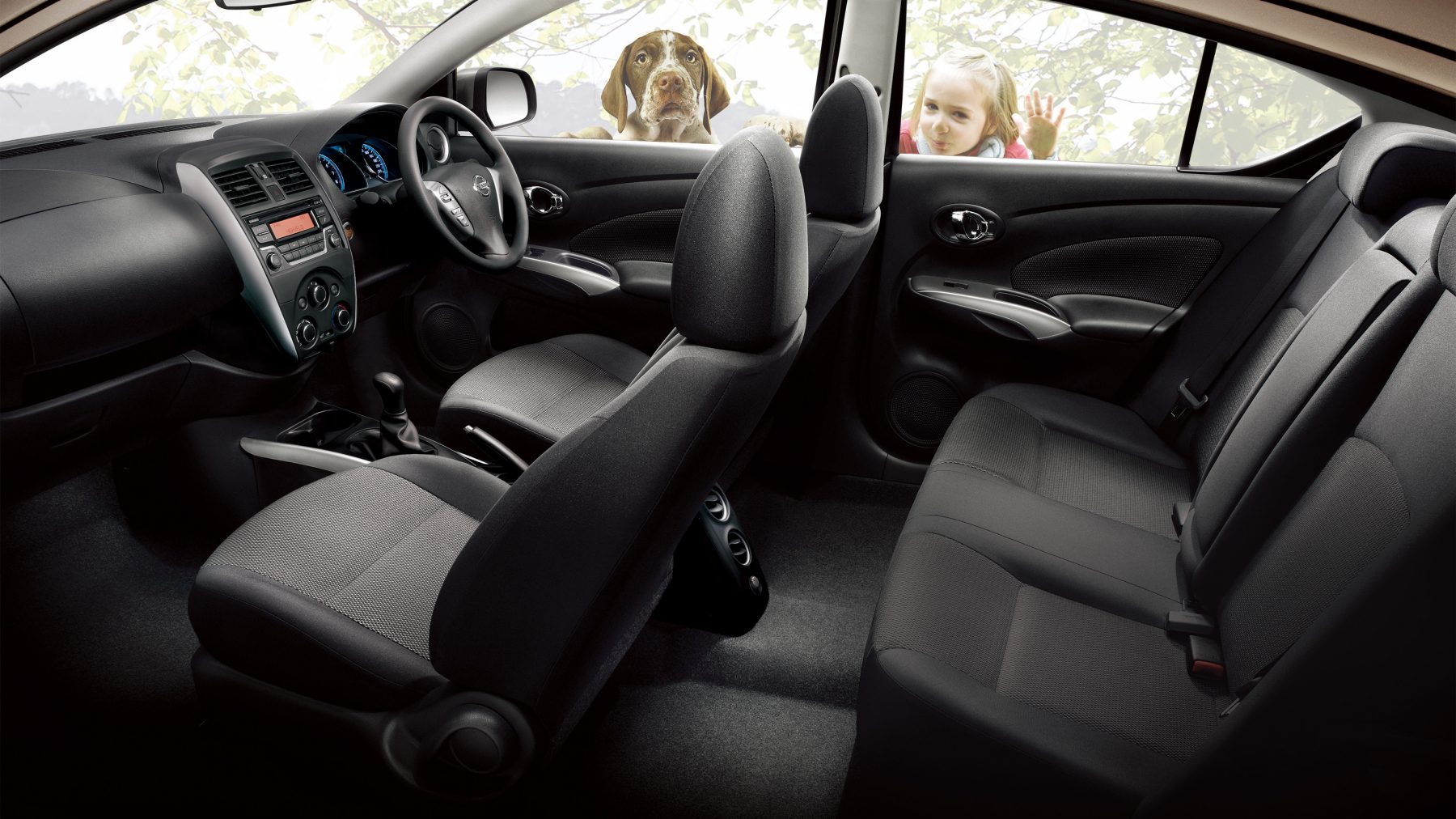
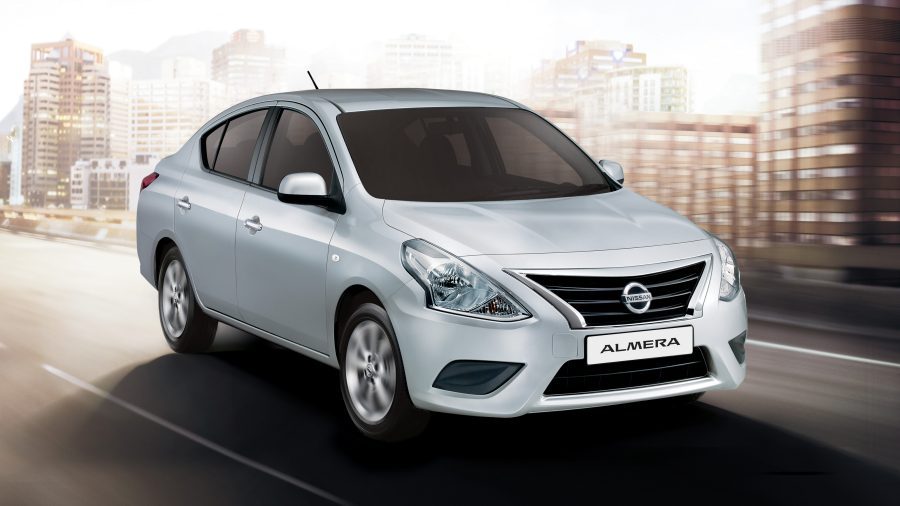
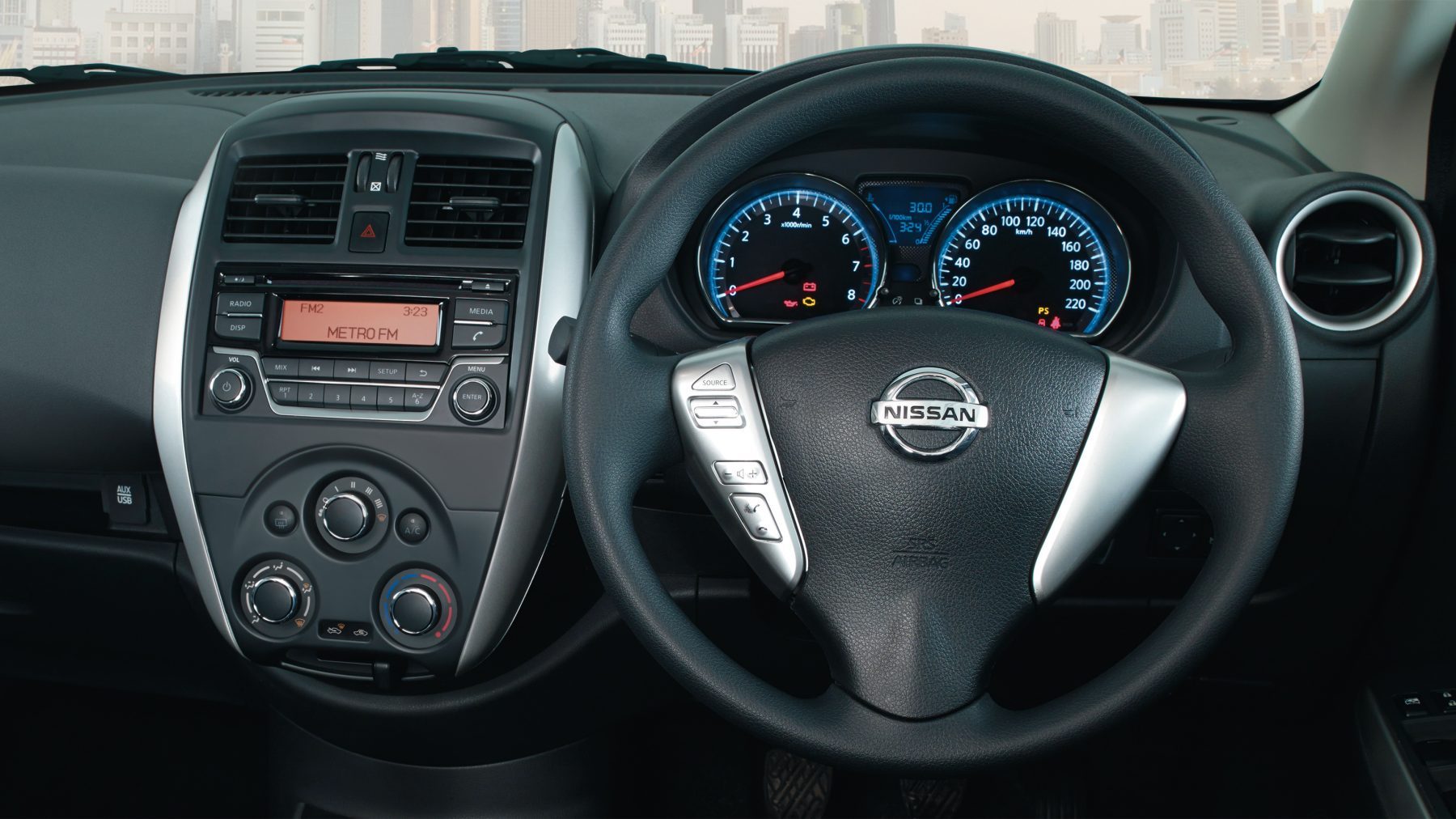
.jpg.ximg.l_6_h.smart.jpg)
